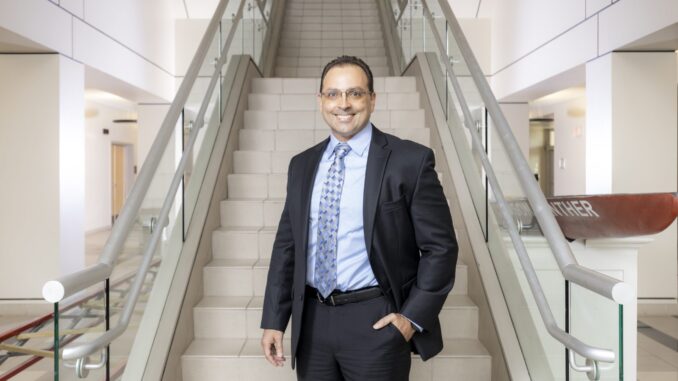
“Digital transformation” is shaping the future of industries globally.
Involving the integration of digital technologies into all aspects of an organization, digital transformation fundamentally changes how an organization operates and delivers value to its stakeholders.
Digital transformation principles applied specifically to the field of engineering lead to “digital engineering,” which uses advanced digital technologies and methods to enhance all phases of a system’s engineering lifecycle.
Consider a state-of-the-art military aircraft. The development of such an advanced system—equipped with stealth capabilities, cutting-edge avionics and advanced weapon systems—relies heavily on digital tools. From the initial design stages, carried out in highly detailed virtual environments, to the final integration of systems, where each component’s behavior is analyzed through complex simulations, digital engineering is everywhere. It streamlines processes, improves accuracy and enhances the final product’s performance.
Likewise, digital engineering is revolutionizing important areas such as the health care industry. From sophisticated imaging devices and robotic surgical systems to telemedicine platforms that connect doctors and patients across vast distances, each of these systems depends on the integration of numerous complex components, and each must operate seamlessly to ensure optimal performance.
A key approach that relates systems engineering to digital transformation and digital engineering is model-based systems engineering (MBSE).
Whereas traditional systems engineering relies on document-based approaches to support systems engineering activities (e.g., text-based requirements and design documents), MBSE does so by relying on digital system models instead.
In essence, MBSE supports traditional systems engineering. It doesn’t replace it; rather, it offers an approach that aims to make systems engineering more efficient.
Most of my previous research efforts involving systems engineering—such as conducting feasibility studies with unmanned aerial systems equipped with different sensor technologies, developing simulation models for process optimization, and supporting the creation of frameworks for autonomous sensing and edge analytics—mostly involved a document- based systems engineering approach.
However, my current research aligns with MBSE and focuses on two main areas.
First: How can we harness artificial intelligence (AI), automation and MBSE to optimize the development and maintenance of next-generation systems?
This question leads to a series of subproblems, each of which could be developed into individual research questions. For example, how can AI-driven algorithms be utilized in MBSE to assist in the generation and optimization of system architectures and design solutions? How can we effectively interface with MBSE tools to automate the development of systems modeling language (SysML) diagrams for such architectures?
Second: How can systems engineering programs align their curricula more closely with industry trends and demands to ensure graduates are ready for the evolving job market?
This question aims to address the growing demand for highly skilled and industry-ready systems engineers. The goal is to identify gaps between the current state of systems engineering education and the evolving needs in industry environments, particularly related to digital engineering. The findings could significantly influence systems engineering education policy and practices, ultimately contributing to a more effective and efficient engineering workforce.
Luis Daniel Otero ’98, ’02 M.S., Ph.D., is an associate professor and program chair of systems engineering in the department of mathematics and systems engineering. His research interests include model-based systems engineering, simulation modeling and performance analysis, and process improvement related to various types of systems (e.g., mission-critical systems and transportation systems).
